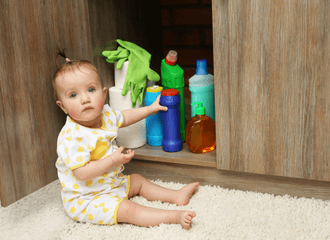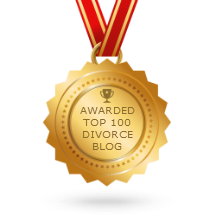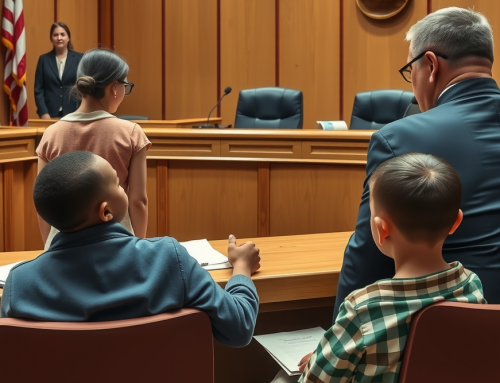What Is Considered Unsafe Living Conditions For A Child?

The following conditions are considered unsafe living conditions for a child:
- Emotional neglect/abuse
- Physical and/or sexual abuse
- Other forms of neglect
- An unsafe environment
Extremely deprived, cluttered, and unhygienic living conditions, and even irresponsible or cruel parenting, can jeopardize a child’s physical safety, as well as expose the child to emotional and/or physical neglect/abuse. Such living conditions are considered unsafe for the child – but the extent of exposure to danger depends on the circumstances of the case, since each case is unique.
The courts expect parents to provide their children with a safe and secure roof over their heads, nutritious and adequate food, satisfactory clothing, and sufficient love and care for the child so that the child becomes a responsible and productive adult.
Naturally, making the child live in unsafe living conditions is considered as acting against the best interests of the child. The courts decide on child custody cases based on the best interests of the child and if they get evidence that a parent is not acting in the child’s best interests, they come down heavily on that parent by restricting his/her custodial rights. Moreover, states may find such malevolent or negligent parents guilty of committing crimes against children.
That said, here are the 4 types of unsafe living conditions:
1. Emotional Neglect/Abuse
Not paying attention to the child’s physical and emotional needs by inadvertently ignoring them, invalidating, or deliberately disregarding them, can be regarded as emotional abuse or neglect. Some examples of emotional abuse are:
- Reprimanding or threatening the child, or forcing the child to do something he/she doesn’t want to do
- Being unavailable for the child when he/she needs the parent
- Failing to be affectionate towards the child
- Verbally abusing the child
- Having limited interactions with the child
- Ignoring the child’s need for love, support, or attention
- Exposing the child to domestic violence between the parents
- Allowing the child to engage in bad or abnormal behavior
- Abusing drugs, alcohol, or other substances in the child’s presence
- Not providing the child with an environment that helps his emotional growth
Childhood Emotional Neglect (CEN) or abuse can wreck the long-term psychological, educational, and physical health of a child.
2. Physical And/Or Sexual Abuse
Intentionally causing bodily injuries to the child is regarded as physical abuse. Some examples include:
- Physically hurting the child (choking, slapping, pushing, kicking, pinching, throwing objects, etc.)
- Forcibly using physical restraints on him/her
- Sexually abusing the child
3. Other Forms Of Neglect
Other forms of neglect can be:
- Not providing the child with nutritious or adequate food
- Not providing the child with proper clothing or shelter
- Not supervising the child when he/she needs supervision (for example, while crossing a road or playing in the park)
- Not providing sufficient or proper medical care (for example, health insurance, emergency care, or regular medical checkups)
- Not providing the child with proper educational facilities and not supervising his/her schooling needs
- Not enrolling the child in any extracurricular activities that are in the child’s best interests
4. An Unsafe Environment
Some examples of unsafe living conditions that pose a danger to a child’s safety are:
- No electricity in the house because of parental neglect in paying bills
- Flooded bathrooms or unhygienic bathrooms – again because of parental neglect
- Frequent fights and arguments in the house, including physical fights
- Unsafe items or equipment lying around in the house unattended (for example, loose electrical wires, electrical appliances, sharp objects like knives, chemicals, etc.)
- A pest-infested home
- Unfixed gas leaks, or trash lying around at home
- Allowing the child to go out unsupervised in an unsafe neighborhood
- An incredibly messy or creaky house that can expose the child to danger (tripping and falling, objects falling on the child, etc.)
- An unclean and unhygienic home









